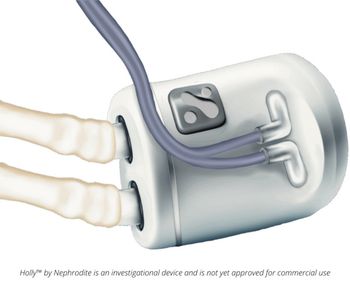
Helping patients navigate telehealth video visits pays off
Attendance and reimbursement increase when physicians and patients connect in online appointments.
Having a staff member call patients a day ahead of scheduled telehealth appointments paid off with better attendance and
Attendance improved by 9% and the return on investment totaled $11,387 over a 12-week period, according to
Hiring a patient helper was a cost-effective intervention that boosted telehealth attendance, cut patient no-shows and cancelations, and increased successful video visits over 12 weeks, the study said.
“Implementing a Telehealth Patient Navigator may be a high-value proposition for health care systems, as it uniquely benefits patients and clinicians while being cost-effective and yielding a positive net return on investment,” the study said.
How it worked
Like many doctors, the participating physicians quickly integrated telehealth at the start of the COVID-19 pandemic. But with technical challenges, video visits sometimes needed to become telephone consultations, the study said.
In a pilot program, a patient navigator was hired and trained to call patients a day before video appointments, aiming to improve access to care by reducing technological barriers for those new to the online visits. The navigator, reaching patients with morning and afternoon appointments, covered the steps for patients to connect with their physicians.
Those patients, along with those in a comparator group, all received typical appointment reminders, such as phone calls or text messages, the study said.
There were 4,068 patients involved, and outcomes were not known for two of them. The navigator reached 1,035 patients, with 949 of them, or 91.6%, successfully attending their appointments. There were 60 cancelations for a rate of 5.8%, and 26 patients, or 2.5%, missed their appointments.
Among the remaining 3,031 patients in the comparator group, 2,511, or 82.8%, checked in for their visits; 279, or 9.2%, canceled; and 241, or 8%, never showed.
Based on the visitation rate and a $65 per revenue value unit reimbursement, the program covered the quarterly navigator salary of $17,878 and actualized a return on investment of $11,387 over 12 weeks, the study said.
Limitations
The researchers noted patients’ willingness to answer the navigator’s calls could indicate a
As pandemic conditions improve, it is unclear if physicians and patients will
Other limitations include not fully knowing the qualities or qualifications that affect the navigator’s role, and language – the navigator’s outreach is limited to patients who speak the same language, the study said.
Newsletter
Stay informed and empowered with Medical Economics enewsletter, delivering expert insights, financial strategies, practice management tips and technology trends — tailored for today’s physicians.














